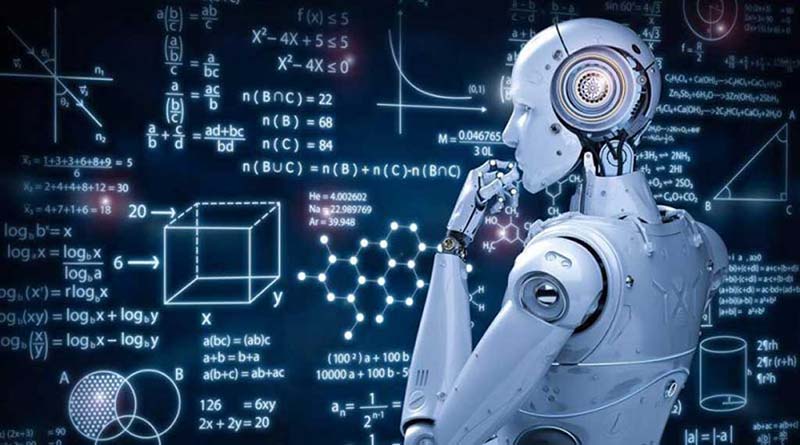
Reinforcement learning is a type of supervised machine learning. In this approach, AI agents learn to take actions in response to different situations and environments. The benefit of reinforcement learning is that the AI can generalize its knowledge to new situations. Agents can apply the same principles they learned in their training environment to a new situation.
The problem with RL is it requires a lot of data and money to train an agent with rewards, so researchers have been looking for ways to achieve similar results with less time and cost. That’s where self-supervised learning comes in. AI agents trained using self-supervised methods can generalize their knowledge from one environment or task to other similar ones without requiring rewards or much labeled data.
This blog post will explain what self-supervised learning is, how it works, and its applications in artificial intelligence research.
Self-supervised learning is a type of machine learning where AI agents learn to classify data without any external supervision. In other words, the agents do not require any explicit feedback to classify the data. The agents don’t need to be told what the data represents because they can figure it out for themselves.
In the field of artificial intelligence, researchers use the term self-supervised to describe AI agents that learn from raw data. Agents can’t rely on human-labeled data to learn because it’s too time-consuming, expensive, and requires a lot of human intervention. Self-supervised learning is a good choice when you have lots of datasets that are difficult or impossible to label.
You can use these datasets to train the agents without supervision. The agents can then use their knowledge to solve new problems and make predictions on new datasets.
Self-supervised learning algorithms are designed to create associations between datasets. The associations are not between inputs and labels, but between inputs and other inputs. The AI agents use these associations to create new knowledge and make predictions based on what they’ve already learned.
To create these associations, researchers use a neural network. In the network, the agents are tuned to create connections between datasets. They are designed to identify patterns in data and trigger related associations. In some cases, the network might create connections between unrelated pieces of data. For example, the network might associate a taxi with a wine glass because it discovered a pattern between their features.
Self-supervised learning is a very broad topic in machine learning research. Many researchers have tested different self-supervised approaches and applied them to different contexts. For example, some researchers have used self-supervised learning to improve computer vision algorithms.
Computer vision is a type of machine learning that enables AI agents to see and understand visuals. These algorithms have enabled AI agents to see images and understand what they represent. That said, AI agents still rely on rewards to help them improve their accuracy. That’s where self-supervised methods come in.
Researchers have used self-supervised learning in computer vision to reduce the amount of human intervention and rewards needed during training. This has allowed AI agents to generalize their knowledge to new situations and images they’ve never seen before.
Self-supervised learning methods have been applied in many areas of artificial intelligence research. The following are just some of the examples of AI applications where researchers have used self-supervised learning.
Computer vision algorithms rely on self-supervised learning to help agents improve classification accuracy. This has enabled computer vision algorithms to do things like recognize images, detect objects, and read text in images.
Natural language processing algorithms also use self-supervised methods to improve accuracy. This has allowed NLP algorithms to generate content, understand sentiment in text, and generate semantic graphs.
Reinforcement learning applications like Atari games have also used self-supervised methods to improve performance. This has enabled AI agents to generalize their knowledge across different games and situations during play.
Researchers have also tested self-supervised learning in robotics algorithms. This has enabled AI agents to learn from raw data and perform tasks without any rewards or feedback from humans.
Finally, self-supervised learning has also been applied to text analysis algorithms. This has enabled text analysis algorithms to understand and generate trends in data without requiring labeled data.
In self-supervised learning, machine learning algorithms are trained on data without any human supervision or rewards. The algorithms are designed to create associations between datasets and create new knowledge from those associations. Self-supervised learning has been applied in many areas of artificial intelligence research.
It’s been used to improve computer vision, natural language processing, reinforcement learning, robotics, and text analysis.
The Global Self-Supervised Learning Market size is expected to reach $51.7 billion by 2028, rising at a market growth of 33.3% CAGR during the forecast period.